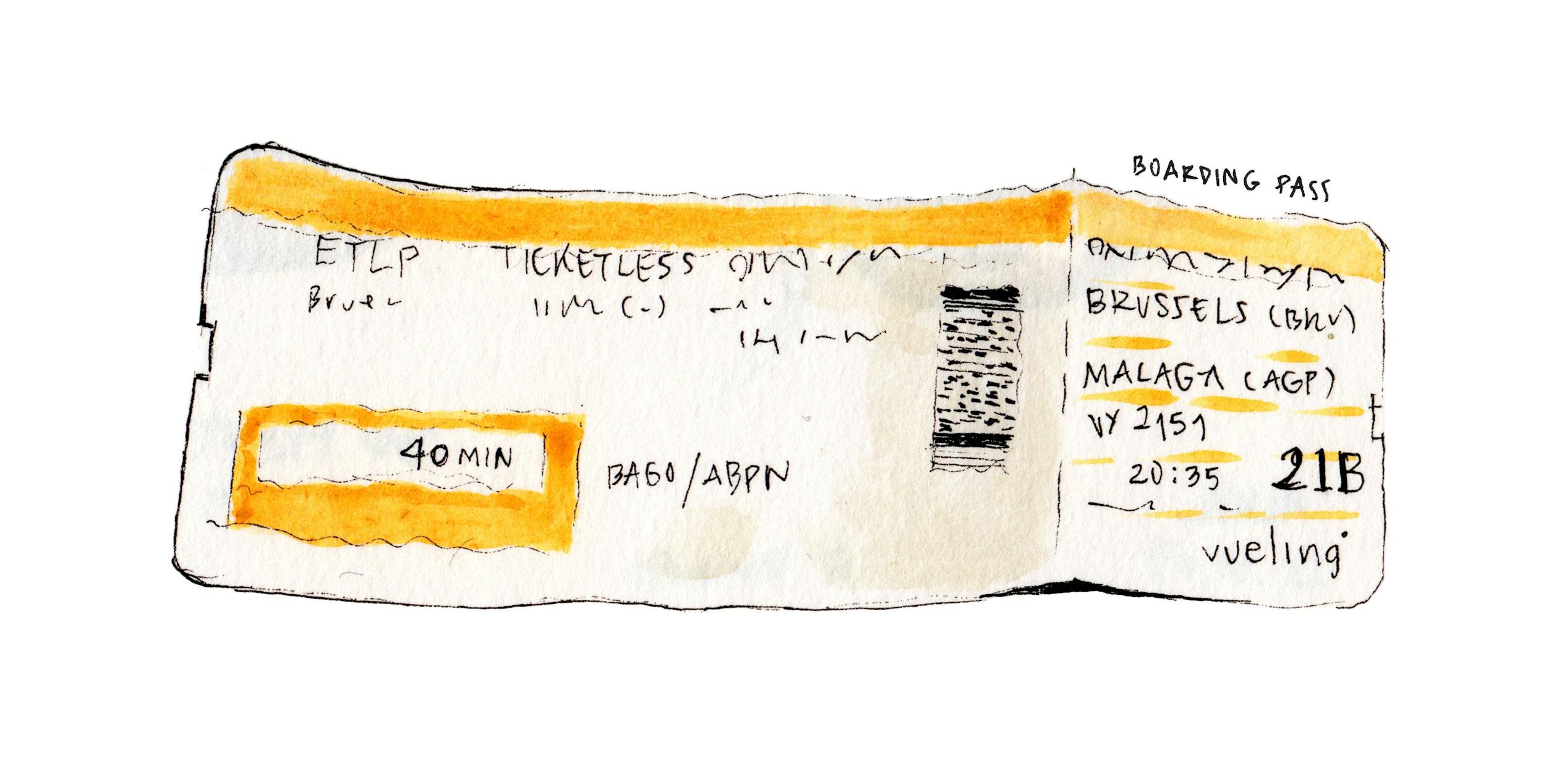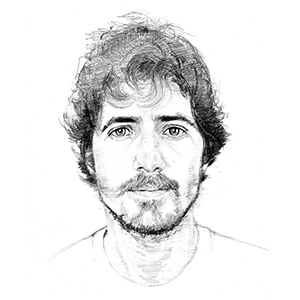
It's nice to see you, in person
I'm offered to choose between poulet avec polenta and another meal I don't quite understand. Chicken or what? I ask. Chicken or pasta with tomato sauce. I go for chicken and a tiny bottle of water. I'm watching Spielberg's A.I. Artificial Intelligence for the first time1, a two-and-a-half-hour movie amidst my nine-hour Air France flight from Paris to Atlanta, where I'm traveling for an annual work conference that was reduced to Zoom meetings and online recordings over the past two years; needless to say, because of the pandemic.
At the end of January 2020, right before the COVID outbreak started, I walked around the same Charles de Gaulle airport terminal I boarded today's plane, spotting the first surgical face masks I had ever seen worn in public due to coronavirus2; two or three people, amongst the early adopters that would be dubbed paranoid by some, were already taking measures to protect themselves and others from what was to come. Nobody knew what was going on. Sanjay sat next to me on our way to Toronto, wearing a surgical mask out of precaution. But, as far as I recall, nobody else on the plane wore face masks. Cases worldwide started to arise—two at that time in Toronto—and pharmacies went out of masks.
Today's image of Charles de Gaulle's airport was radically different. While wearing face masks in closed public spaces has been mandatory, the requirement was recently lifted in some European countries. Yet the airport featured dozens of mask types, the most common being light blue surgical masks. Some travelers and airport workers opted for no mask, others for wearing it, and the third category of people wore it without covering their noses. I'm sitting on aisle 42D wearing a surgical mask3, and while it's still mandatory to wear masks on the plane, it's a soft measure.
Life in Málaga, Spain, is slowly transitioning back to normality, a new normal with social engagements that let us momentarily forget about the pandemic. Some still opt for wearing masks outside, even when walking entirely on their own. I can't avoid feeling a sense of risk when around my loved ones, especially the elderly.
Now we're immersed in a new global crisis—Ukraine's invasion—and news of coronavirus outbreaks in China and other counties make it to the local news every now and then. Will those strains spread?
The plane jiggles, and the crew announces an area of strong turbulence. I realize this trip will be my first in-person public speaking engagement in years4 and a chance to meet people I work with for the first time without staring at a webcam to emulate eye contact. The virtual-only approach we've had for the past two years has been challenging and presented new opportunities. At a company level, travel was restricted, and everyone had to transition to working from home. I got into live streaming and figured out how to produce high-quality remote recordings and tutorials, both for the podcast and my machine intelligence video series, in a home recording studio. The virtual ways are here to stay, but I look forward to interviewing podcast guests in person to regain the connection that Zoom conversations lack. When you close Zoom, you're back to your life or your next call, but in-person gatherings often lead to a meal or walk together and unstructured chit-chat—something that can feel like unnecessary busyness via Zoom.
Satya Nadella, Microsoft's CEO, suggests that effective remote collaboration relies in part on social capital, which, as reads a New Yorker piece titled How the Pandemic Transformed the Office Forever?, "[accumulates] by working in the presence of others, and [depletes] during virtual interactions5." We need to work and collaborate in-person to build social capital, but this isn't a possibility in specific remote roles. How does remote-only affect our wellbeing, our ability to socialize, and our work?
As we near our destination, the crew gives us a little red bag that reads Bon appétit with items that look like breakfast and include, among other things, two warm pieces of cheese bread, a muffin a la myrtille, a pain viennois, and a bag of cherry tomatoes. I've been typing this essay on my phone for the past two hours, and I don't remember the last time I spent nine hours in a row off-the-grid, on airplane mode. Ouch! A cabin crew member hits my leg with a rolling metal container.
I hope you enjoyed this longer story format; let me know what you think.
I'm grateful for having the opportunity to work remotely, travel for work, dedicate time to my passion projects, and be with the people I love.
I'm ready for mindful, sporadic work travel and excited to meet you in person soon.
Waiting in line to check-in at the hotel, I overhear employees greet each other: It's nice to see you, in person.
I was surprised by how many things in this 2001 movie reminded me of Jonathan Nolan's Westworld, especially by the way the face of the robotic boy 'programmed to love' opens up to unveil its mechanical interior. ↩
Other than at hospitals and clinics and in Asian countries such as China and Japan, where it was already common for sick citizens to wear masks on the streets, especially while commuting. ↩
I'm currently reading James Nestor's Breath, and I can't help but think about the adverse effects of breathing with a mask for nine hours in a row. ↩
I gave an in-person talk to a tiny audience at the University of Málaga in early 2022. But I don't think that counts. ↩
Has the Pandemic Transformed the Office Forever? 2021. John Seabrook. The New Yorker. ↩

